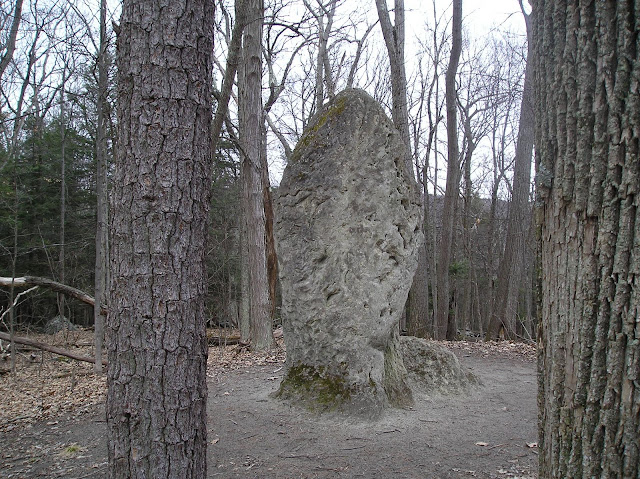"Here one of the guides paused, and, after considering the vast landscape attentively, pointed to three mountain peaks glistening with snow, which rose, he said above a fork of the Columbia river. They were hailed by travelers with that joy which a beacon on a seashore is hailed by mariners after a long and dangerous voyage." This is the first reference to the Tetons as the celebrated landmark of fur trappers. Washington Irving noted that by the 1830s these peaks were known as the Tetons, but "as they had been guiding points for many days to Mr. Hunt, he gave them the name of Pilot Knobs."



